Are you looking for the best healthcare center for turbinate reduction surgery in India? Visit HeptaCare Health to consult our top ENT surgeons, who have ample experience in performing safe and effective turbinate reduction surgery. Book an appointment near you right away.
Happy Patients
Disease
Hospitals
Cities
Turbinate reduction is a surgical procedure performed to improve airflow in people with chronic nasal congestion. It is also known as nasal turbinate reduction and inferior turbinate reduction. Turbinate reduction surgery helps in removing the excess tissue around the turbinate bones so you can breathe easier. Turbinates are tiny structures inside the nose. They cleanse, heat, and humidify air as it passes through the nasal cavity and into the lungs.
Turbinate reduction is a common surgical procedure. It can be performed alone or in combination with other treatments, such as septoplasty or rhinoplasty. It is an outpatient procedure and usually takes 10 minutes. The surgery is performed under the influence of local anesthesia. Usually, there’s minimal pain in the recovery process, no change in the physical aspect, and no long-term side effects, such as loss of olfactory perception.
Different types of turbinate reduction surgery are as follows:
Before turbinate reduction, a healthcare provider suggests a variety of diagnostic tests to understand the severity of the condition and to identify any underlying health condition that may complicate the surgery. Some common diagnostic tests are as follows:
Turbinate reduction surgery can be performed as an outpatient procedure. In most cases, the procedure is performed under the influence of general anesthesia. During turbinate reduction surgery, a surgeon carefully shrinks the turbinate tissues. It can be done using one of several techniques, including
Some common benefits of turbinate reduction include:
Recovery after turbinate reduction surgery varies from individual to individual. It also depends on the severity of the condition, how much excess tissue had to be removed, and whether the turbinate surgery was combined with another sinus-opening procedure such as balloon sinus dilation.
Complete turbinate reduction recovery can take up to six weeks. For less turbinate reductions, recovery is usually quick and not very painful. You must avoid strenuous activities and blowing your nose for several weeks after the surgery. Your doctor may also recommend you elevate your head while sleeping to avoid irritating your nose.
Turbinate reduction surgery is usually safe and effective, but like any surgical procedure,, it also carries certain risks and complications, including,
After turbinate reduction surgery, you must adopt some lifestyle changes to promote healing after surgery:
The average cost of turbinate reduction surgery in India is INR 87000. This is the estimated cost of surgery, the final cost of surgery can vary depending on various factors, including,
Yes! The turbinate reduction procedure is covered under insurance. However, the specifics of the policy can vary from policy to policy. You must consult your healthcare provider before surgery to understand the specifics of the policy.
Before undergoing turbinate reduction surgery, it is important to ask the following questions to the surgeon to have a better understanding of the procedure, potential advantages and risks, and complications associated with it:


Based on 7721 Recommendations | Rated 4.68 Out of 5
Happy Patients
Clinics
Cities
Surgeries
Doctors
Hospitals

Ear surgery reshapes and balances your look.
Confidence restored with natural, lasting results.
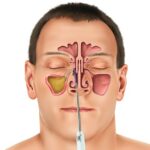
A minimally invasive procedure to clear blocked sinuses and improve breathing.
It relieves sinus infections, nasal congestion, and headaches effectively.
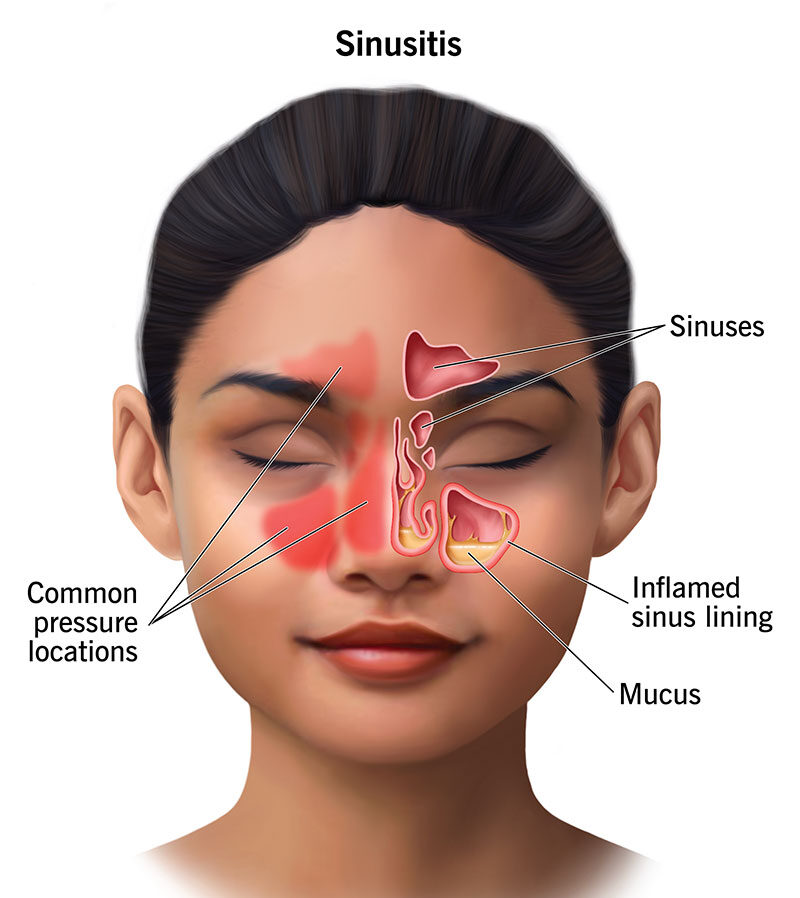
Sinus treatment relieves blockage, pain, and pressure.
Breathe easier with advanced, long-lasting care.
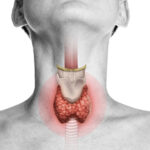
Thyroidectomy removes part or all of the thyroid gland.
It helps treat thyroid nodules, goiter, or cancer effectively.
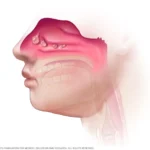
Nasal polyps are soft, painless growths in nasal passages.
Treatment helps restore easy breathing and clear sinuses.
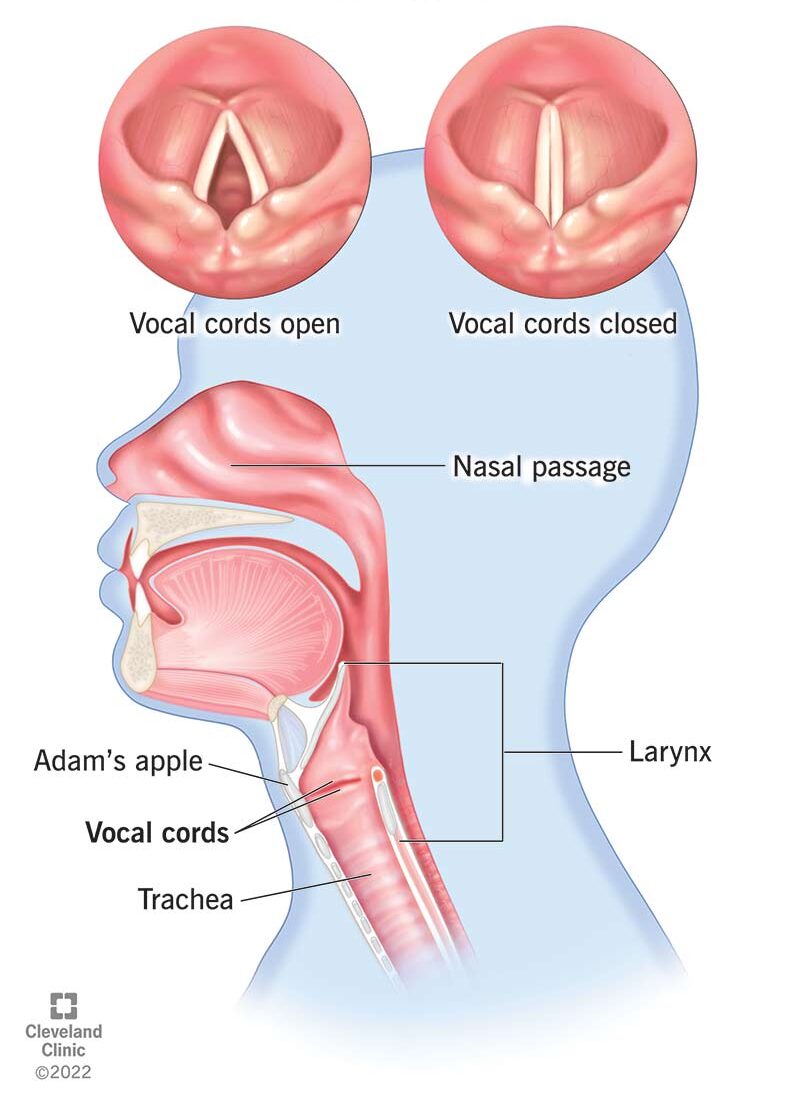
Vocal cord polyp is a benign growth affecting voice.
Treatment restores clear speech and vocal health.
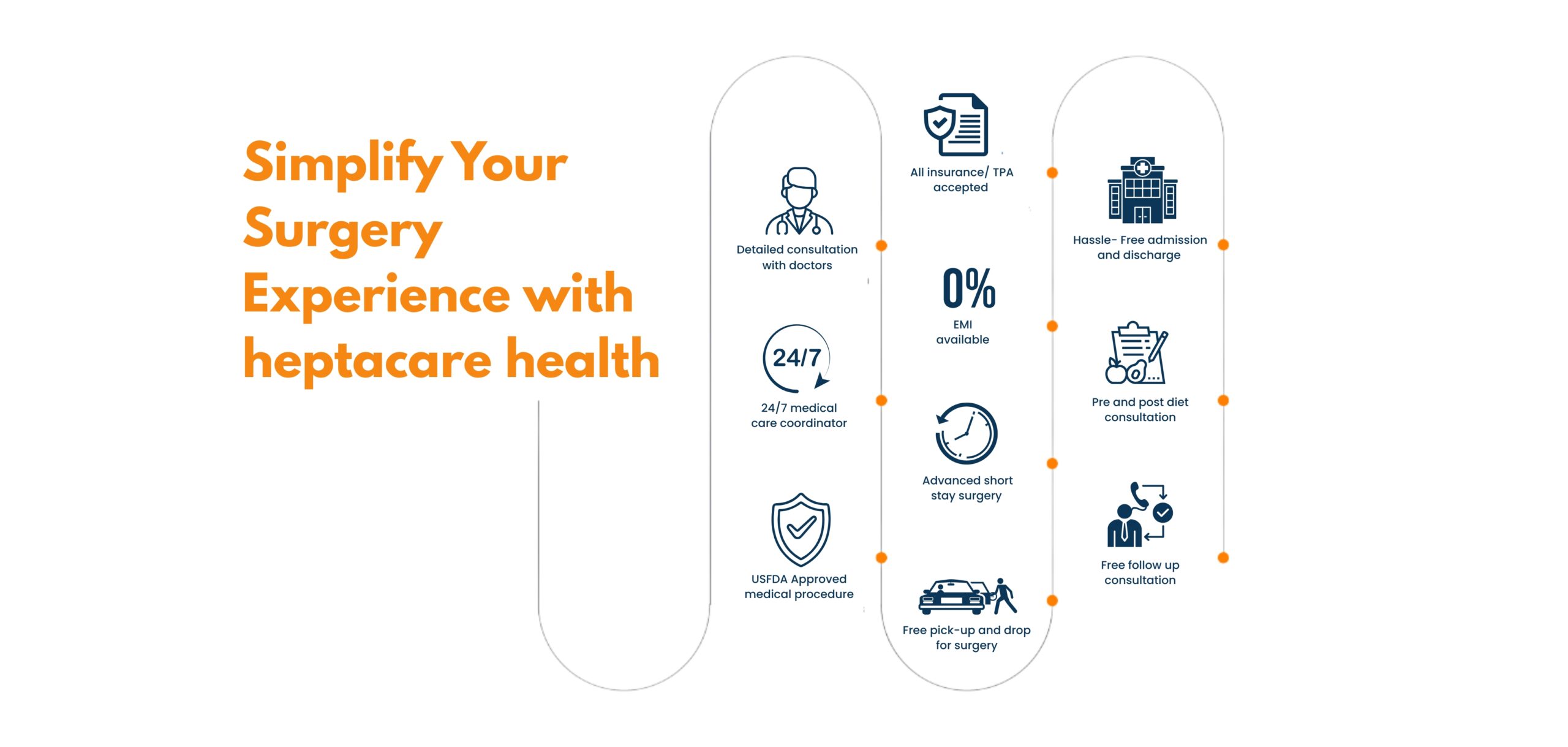
Ear pain or itching may occur due to earwax buildup, infection, allergy, or fungal infection. Avoid inserting objects like earbuds or pins — it can worsen the problem. A proper ENT check-up is recommended.
Never use cotton buds. Instead, use doctor-prescribed ear drops or visit an ENT specialist who can clean your ear safely using suction or irrigation.
Blocked ears can happen due to wax, fluid behind the eardrum, or sinus issues. ENT evaluation and simple cleaning or medication usually fix it.
Tinnitus may result from exposure to loud sounds, ear infections, or nerve-related hearing loss. It’s best to get a hearing test and ENT consultation.
●ear surgery cost in Vizag ● nose surgery cost in Vizag ● throat surgery cost in Vizag ● ENT treatment cost in Vizag ● ear surgery cost in Hyderabad ● nose surgery cost in Hyderabad ● throat surgery cost in Hyderabad ● ENT treatment cost in Hyderabad ● ear surgery cost in Vijayawada ● nose surgery cost in Vijayawada ● throat surgery cost in Vijayawada ● ENT treatment cost in Vijayawada ● low-cost ENT surgery near me ● affordable ENT treatment near me ● low-cost ear surgery near me ● low-cost nose surgery near me ● low-cost throat surgery near me ● best ENT surgery cost near me ● ENT surgery packages in Vizag ● ENT surgery packages in Hyderabad ● ENT surgery packages in Vijayawada ● ENT operation price near me ● ear operation cost near me ● sinus surgery cost near me ● tonsil surgery cost near me ● septoplasty cost near me ● adenoid surgery cost near me ● laser ENT surgery cost near me ● ENT treatment with insurance in Vizag ● ENT treatment with insurance in Hyderabad ● ENT treatment with insurance in Vijayawada ● ENT surgery with EMI in Vizag ● ENT surgery with EMI in Hyderabad
Disclaimer: **The result and experience may vary from patient to patient.. ***By submitting the form or calling, you agree to receive important updates and marketing communications.
Getting an accurate diagnosis can be one of the most impactful experiences that you can have.

cure with care
Copyright © 2025. All rights reserved.
Consult with our expert surgeon for more than 50+ diseases
Happy Patients
Hospitals
Cities